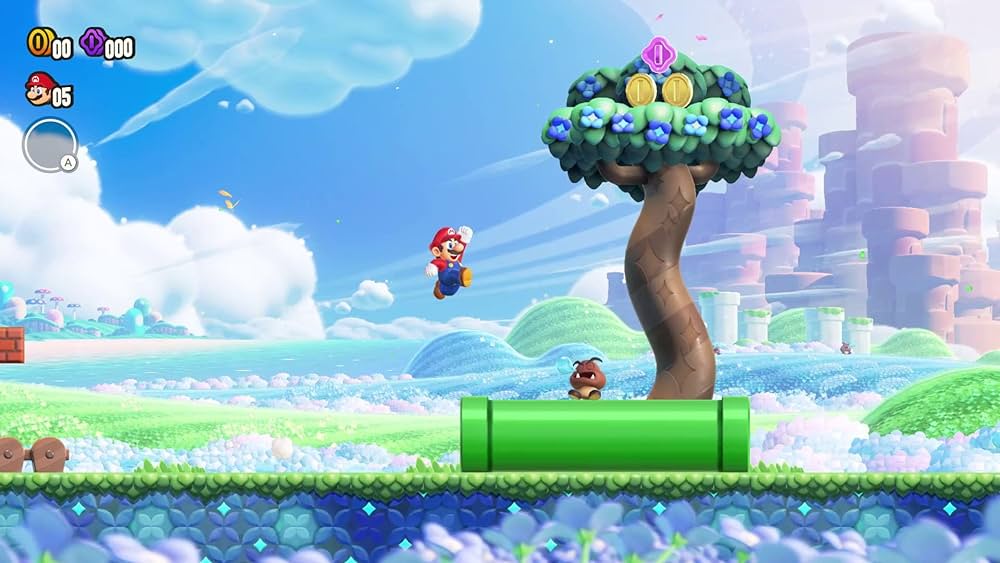Recently, new patent applications by Nintendo have been made public, and some of them appear to be related to game mechanics used in the company’s bigger releases of 2023, such as Super Mario Bros. Wonder and The Legend of Zelda: Tears of the Kingdom.

According to an analysis by Naoya2k, 18 Nintendo patent applications made public between November and December of 2023 seem to be related to Super Mario Bros. Wonder, the latest platformer in the Mario series released on October 20.
Many of the Mario Wonder-related patents appear to describe game mechanics meant to optimize multiplayer play – such as helping players differentiate characters, preventing interferences, showing player’s statuses when off-screen, etc. One of the patents describes the way respawn positions are determined in Mario Wonder. This patent was applied for in August and made public in November 2023.

Super Mario Bros. Wonder introduced Ghost forms – when your character is defeated, it turns into a ghost which you can move around the field. The Ghost form comes with a timer, and you need to touch another player’s character or a Standee before the countdown reaches 0 in order to respawn. Having the player control a “temporary character” as a method to determine a position in the game stage where it is appropriate for a character to appear (respawn) seems to be the object of the patent.
Nintendo had previously applied for a wave of patents related to The Legend of Zelda: Tears of the Kingdom, describing physics mechanics for riding on top of objects, loading screen systems, etc. An additional patent application was made public on December 12, and according to Naoya2k, it is related to the in-game ability Ultrahand that isused to combine objects. The patent describes a game mechanic that improves usability when attaching one object to another by displaying the points of attachment on both object A and object B while the player manipulates only object A. The point of attachment refers to what is marked under “78” on the diagram below.

Nintendo’s approach to patent-making is often disputed, as some users consider it to be aggressive and potentially harmful for game development. On the other hand, it might be worth mentioning that patents do not “claim” entire game mechanics, but rather their specific technical implementations, and are not necessarily a means for going on the offensive against other creators. In addition, please note that the patents described in this article originally included specific language and additional clauses that define them more precisely.





